 St Bridget (sometimes called Birgitta) - Feast day 8 October - was born about the year 1303 (by tradition on 14 June) in Upland, the chief province of Sweden, where her father, Birger Persson, Lord of Finsta, was governor and "law-speaker".
St Bridget (sometimes called Birgitta) - Feast day 8 October - was born about the year 1303 (by tradition on 14 June) in Upland, the chief province of Sweden, where her father, Birger Persson, Lord of Finsta, was governor and "law-speaker".Her mother, Lady Ingeborg of Finsta, was a daughter of the governor of East Gotland.
When only seven Bridget had a vision in which our Lady placed a crown on her head, and when ten, after a sermon on the Passion, she saw in a dream Christ wounded and bleeding.
These two experiences seem to have been the formative ones of her life.
Her mother died in 1314, and she lived with an aunt until, in 1316, obediently but against her inclination, she married Ulf Gudmarsson, Lord of Närke.
They had four boys and four girls.
Two of the boys died young. Karl, the eldest, was worldly but devoted to our Lady. Birger, the second, though married, later became his mother's companion and brought her body home to Sweden from Rome to be buried. Three of the girls married: Merita and Cecilia staying in Swedish society, while Catherine lost her husband and lived with her mother. The fourth, Ingebord, became a Cistercian.
Twenty-eight years after their marriage, Lord Ulf died and Bridget went to live the penitential life she longed for near the Cistercian monastery at Alvastra. While there, she planned the Rule and Office of the Order she was called to found but which she never saw in existence. After two years, in 1344, she went to Rome, where she died on 23 July 1373. Her canonization took place only eighteen years later, on 7 October 1391 (later the Feast Day of the Holy Rosary, following the Battle of Lepanto).
St. Bridget had the gift of prophecy and worked many marvellous cures. Once widowed, she lived an ascetic life, eating very little, sleeping short hours, and praying continually. She followed a strict rule and practised every possible kind of charitable work, even reducing herself to begging.
She received constant inspirations which were either taken down by her chaplain and put into Latin, thus becoming known as her Revelations, or took the form of letters to the succeeding popes, cardinals, and secular rulers of the day, telling them of their wickedness and how to reform their lives.
Both in Sweden and in Rome she was either hated violently or loved as a saint. "Strong and full of courage", she was "homely and kind and had a laughing face".
She founded the Order of the Saviour or the Bridgettines at Vadstena in Sweden, which was richly endowed by King Magnus Eriksson of Sweden and his Queen.
King Magnus had been named at birth after Carolus Magnus i.e. Charlemagne the Emperor.
The Order really started after St. Bridget's death but with her daughter, St. Catherine of Sweden, as first Abbess of Vadstena.
About 1350 she went to Rome, partly to obtain from the pope the authorisation of the new order, and partly in pursuance of her self-imposed mission to elevate the moral tone of the age.
She also set herself the task of persuading the Pope to return to Rome from Avignon, a task later completed by St Catherine of Siena.
She also composed a Rosary-chaplet of 69 Aves in honour of the number of years of our Lady's life, with 7 Paternosters and 7 Credos in honour of her joys and sorrows.
St Bridget received great revelations concerning chivalry and the great virtue of the knights that fought for Christ and Christendom. Our Lord appeared to her and said in one of her visions, taking care to emphasise what He said to her, this:
"A knight who keeps the laws of his order is exceedingly dear to me. For if it is hard for a monk to wear his heavy habit, it is harder still for a knight to wear his heavy armour".
These were the very words of our Lord to St Bridget.
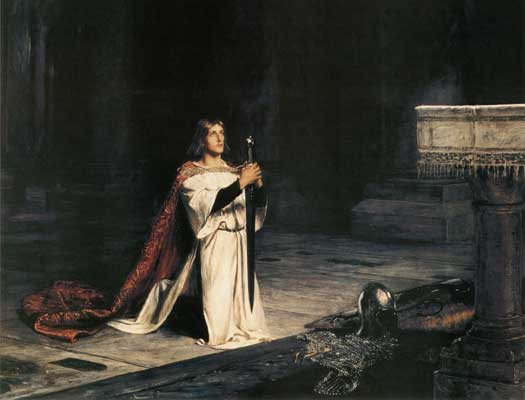 The Vigil of a knight.
The Vigil of a knight.St Bridget had visions from our Lord extolling Christian chivalry and the virtue of Knighthood
It was not until 1370 that Pope Urban V confirmed the rule of her order, but meanwhile Bridget had made herself universally beloved in Rome by her kindness and good works. Save for occasional pilgrimages, including one to Jerusalem in 1373, she remained in Rome until her death on 23 July 1373. She was originally buried at San Lorenzo in Panisperna before being moved to Sweden. She was canonized in 1391 by Pope Boniface IX (also confirmed by the Council of Constance in 1415).
In 1999, Pope John Paul II chose St Bridget of Sweden as Europe's co-patroness, along with St Catherine of Siena and St Teresa Benedicta of the Cross.
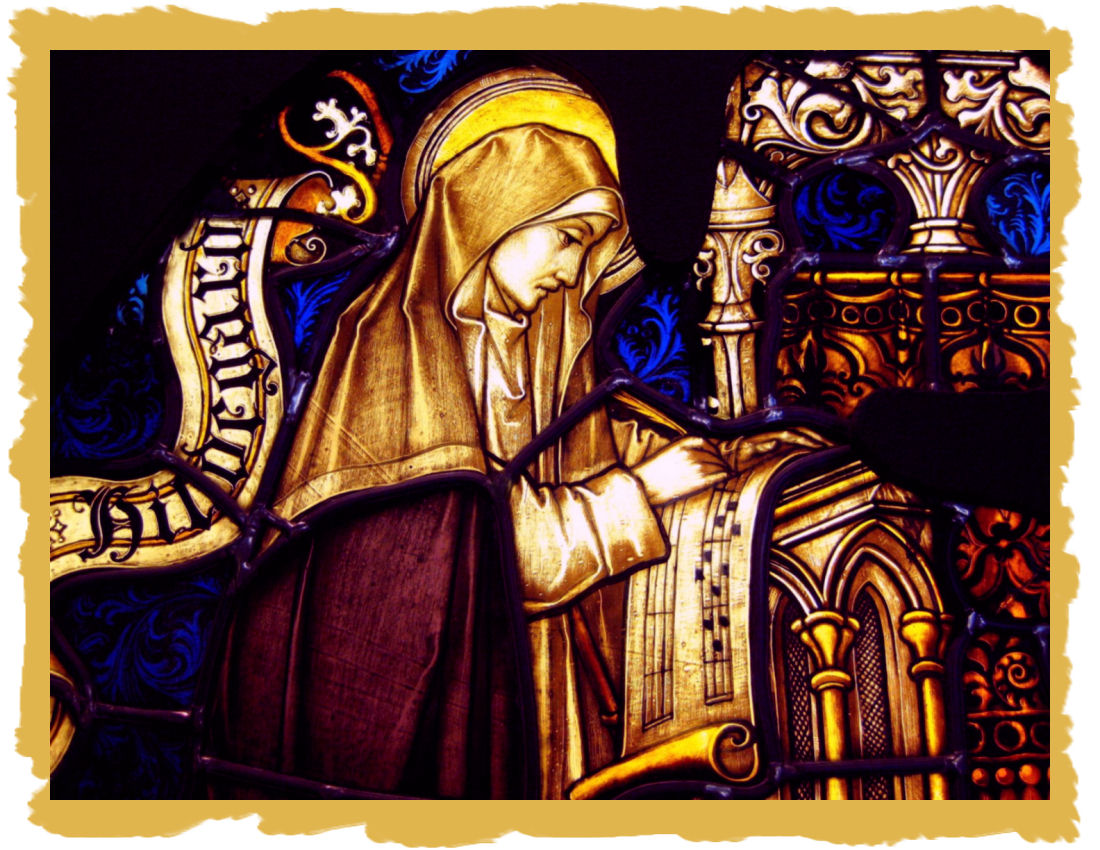
St Bridget of Sweden, pray for us!
...









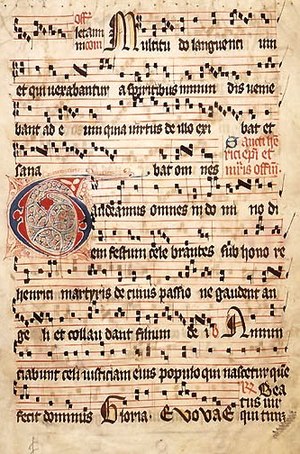

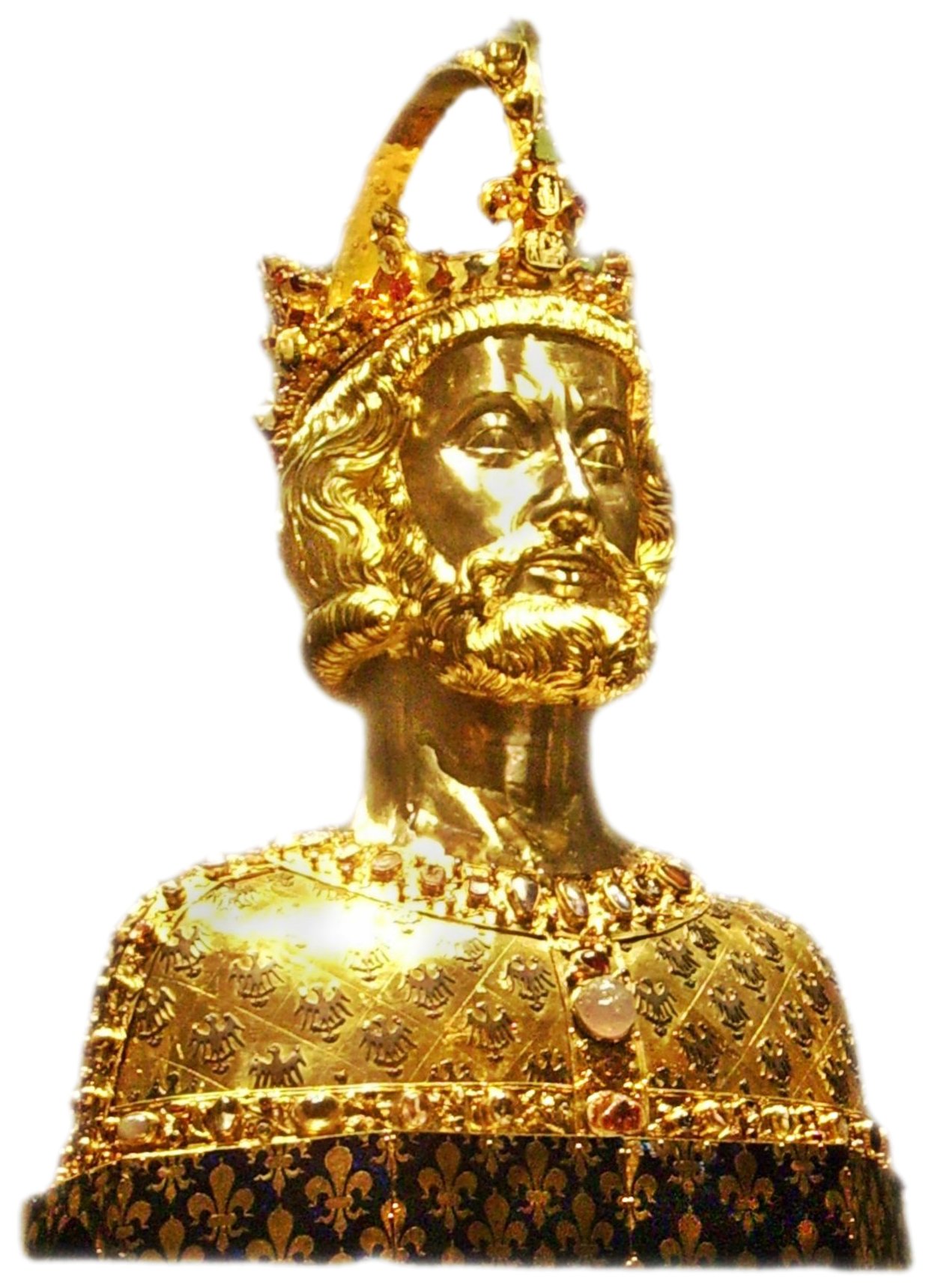



.jpg)


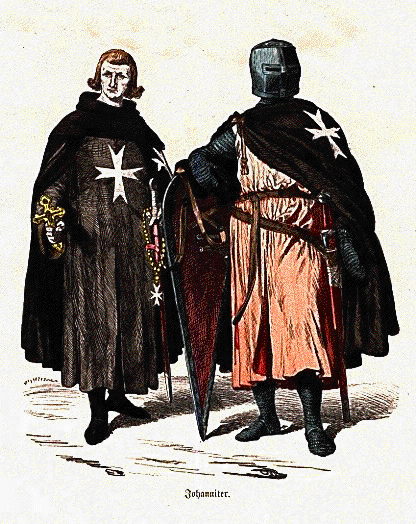

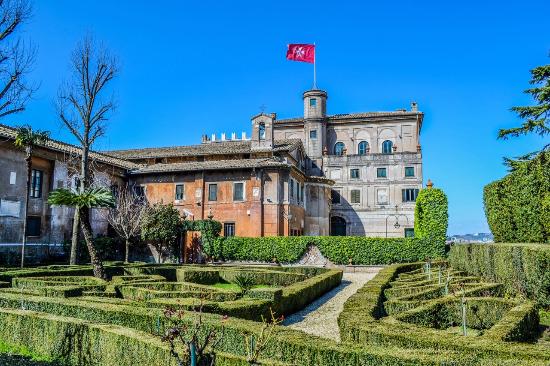


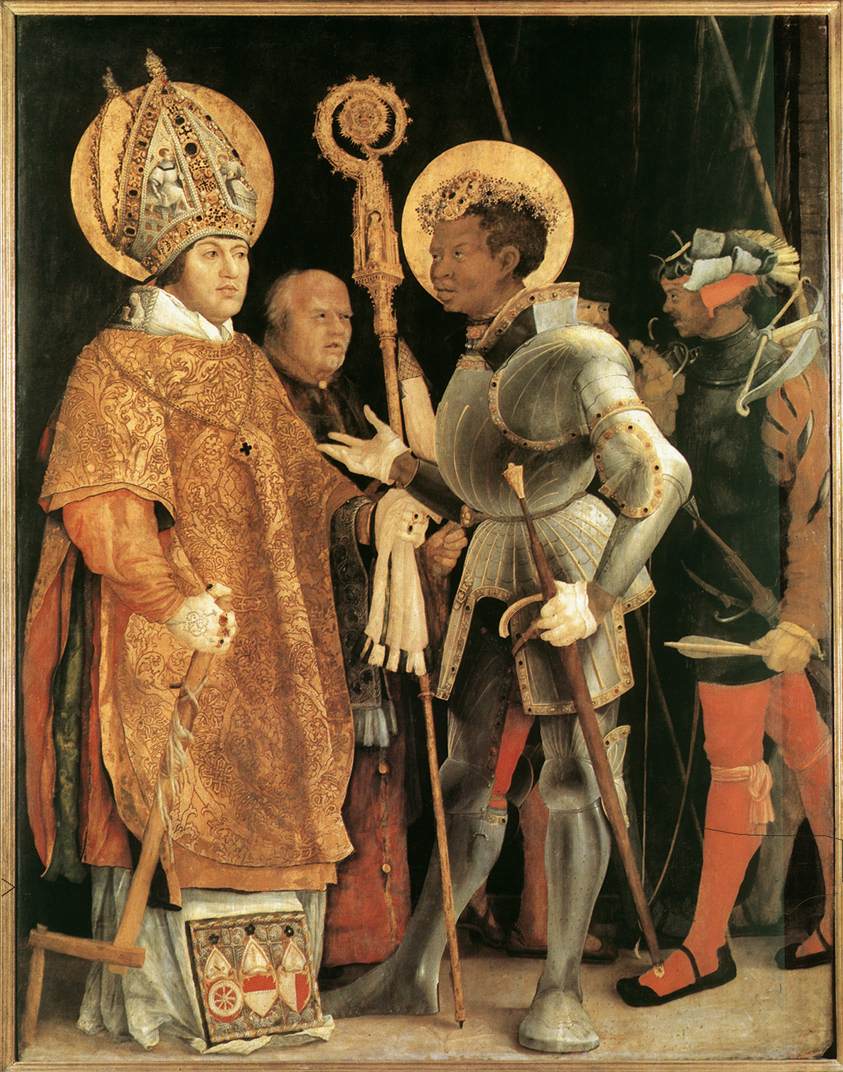
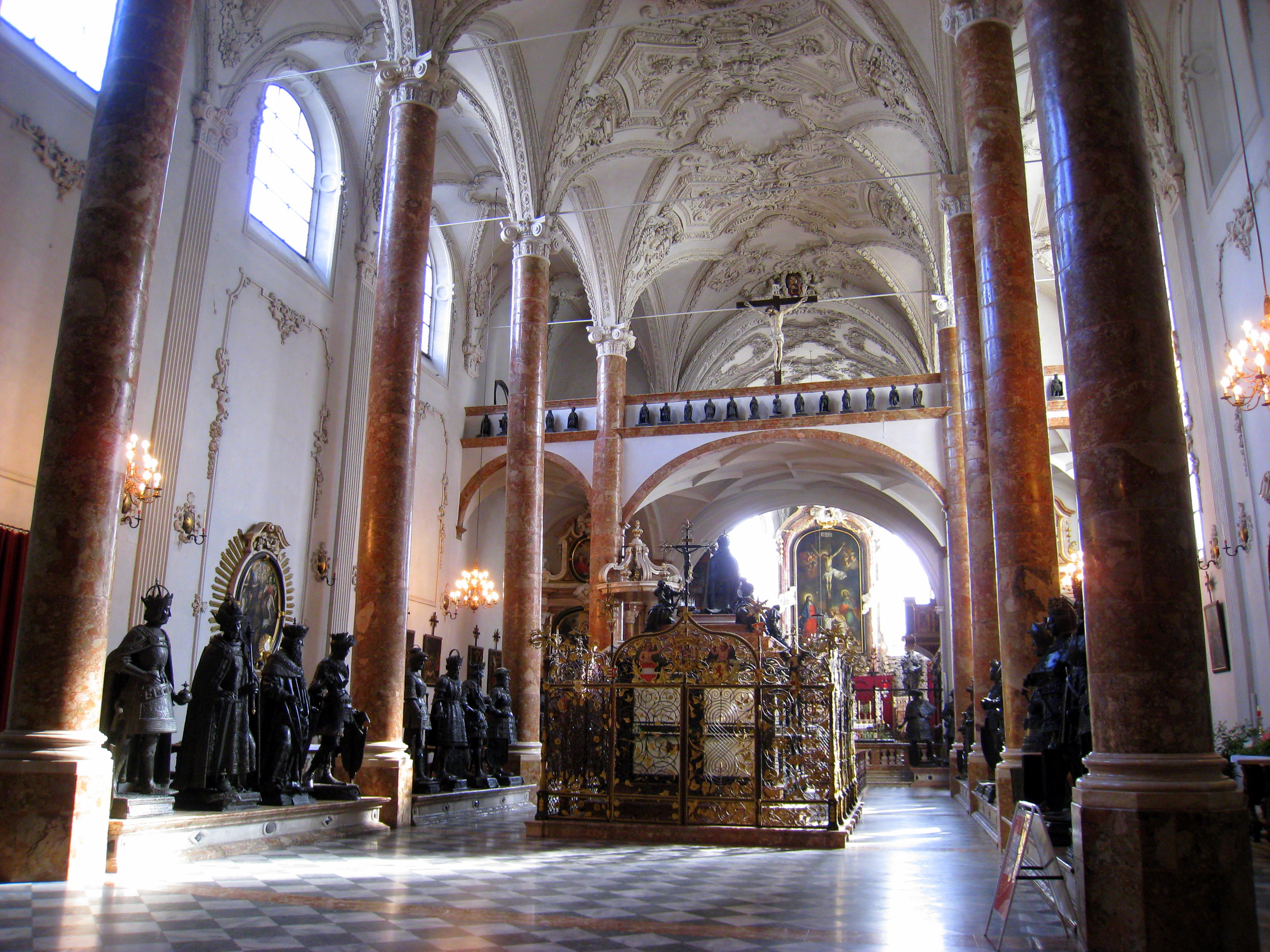


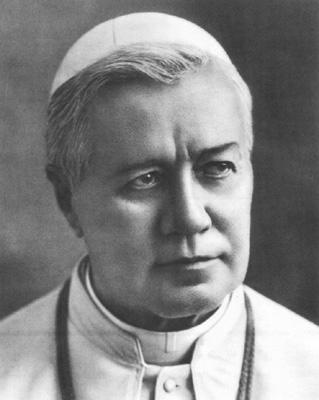






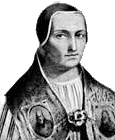







_-002.jpg/220px-Circle_of_Anton_Raphael_Mengs,_Henry_Benedict_Maria_Clement_Stuart,_Cardinal_York_(ca_1750)_-002.jpg)



No comments:
Post a Comment